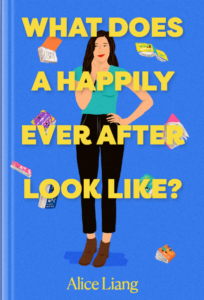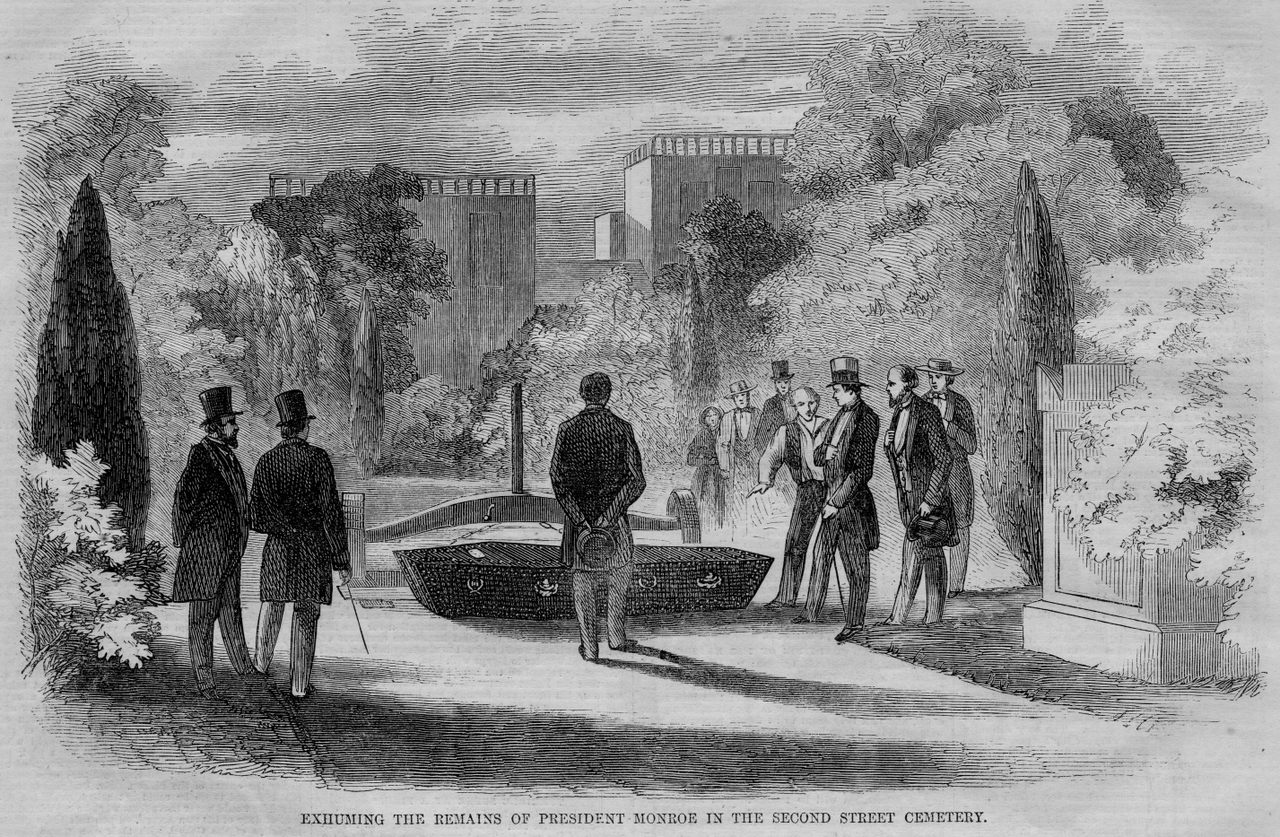

South Dakota’s may plausibly be considered the most genuinely innovative, most inspirationally forward-looking professional orchestra in the United States. It is also the happiest professional orchestra I know, and the most engaged. Fulfilling Theodore Thomas’s credo, it “shows the culture of the community.” Link: The American Scholar | Shostakovich in South Dakota A manifesto for the future of American classical music
—
It’s tempting to attribute savvy and even mystical intelligence to consumer data, as if big companies all have Minority Report–style clairvoyants ready to reveal your most sensitive thoughts before you’ve even thought to think them. The reality is, unfortunately, worse. Retail companies do collect massive volumes of terrifically sensitive data: demographic information, geographic location, websites you’ve visited, brick-and-mortar stores you have patronized, products you own, products you’ve browsed, products you’ve searched for, even products they think you might have looked at but passed over in the store. They do this not only to predict your future behavior, but to influence it. Link: The Atlantic | https://www.theatlantic.com/technology/archive/2023/09/retailers-consumer-tracking-data-personalized-ads-influence/675181/
—
 For decades, the romance novel has been clad with scantily dressed heterosexual lovers in an immortal embrace. This was known as “the clinch”, which had its peak in the 1970s and 1980s. The long haired Fabio — who has graced over 400 covers — holding his tragic maiden might be the image of the romance novel that is held in the popular imagination to this day. At one time, Harlequin even gave readers fake covers with which one could hide their “embarrassing” true reading material. … So what’s featured on covers today? We looked at over 1,400 covers featured in Publishers Weekly from 2011 to 2023 to find out. Link: The Pudding | What Does a Happily Ever After Look Like?
For decades, the romance novel has been clad with scantily dressed heterosexual lovers in an immortal embrace. This was known as “the clinch”, which had its peak in the 1970s and 1980s. The long haired Fabio — who has graced over 400 covers — holding his tragic maiden might be the image of the romance novel that is held in the popular imagination to this day. At one time, Harlequin even gave readers fake covers with which one could hide their “embarrassing” true reading material. … So what’s featured on covers today? We looked at over 1,400 covers featured in Publishers Weekly from 2011 to 2023 to find out. Link: The Pudding | What Does a Happily Ever After Look Like?
—
America’s dead presidents are spread more evenly—one could almost say, more democratically—across the land. You could argue that this expresses a deep truth about the more egalitarian nature of republican government. In reality, the U.S. came pretty close to having its own mausoleum crammed with expired heads of state. That trend could have been set, but was ultimately avoided, by what happened to the remains of George Washington. Link: Which States Have the Most Dead Presidents? The answer reveals grave robbing problems for America’s deceased leaders. 
—
These (and many other) critiques serve as a stark reminder that, despite the impression that we’ve said all we can say about Sylvia Plath, new material by her continues to emerge, and that much previous work on her lacks nuance and scope. The insistence on seeing the poet as, for instance, a maniacal woman “confessing” her sins for the world has limited both our artistic analysis of Plath and our understanding of her as a woman in context. These limitations, along with the reality of Plath’s whiteness and cultural, if not necessarily economic, positions of privilege (in her short lifetime, she received an Ivy League-level education, was married to the most famous poet in England, and socialized with T.S. Eliot and Stephen Spender), have meant another blank space in her body of critique: we have yet to tackle the anti-Black racism that pervades her work. Link: The Free Library | DARK HOOKS: The overt racism of Sylvia Plath’s “Ariel”.

You must be logged in to post a comment.